

You can see the rings of Saturn in any telescope – even a small telescope for beginners. But the views you get will vastly differ depending on what telescope you have.
If you want to get the very best views of the sixth planet from the Sun and its incredible ring pattern it pays to know the difference between 'slow' telescopes that are best for planetary astronomy and 'fast' telescopes that are better for observing deep sky objects. Here's everything you need to know about choosing the best telescope to see the rings of Saturn:
What size telescope do you need to see the rings of Saturn?
If you just want a glimpse of Saturn's rings (and its largest moon Titan) then almost any telescope will give you that – even a 50mm/2-inch refractor and a 25mm eyepiece – though don't expect it to be anything other than tiny in the field of view. For a noticeably better view use a 102mm/4-inch telescope, with real detail in the rings becoming evident when you reach 125mm/5-inch.
According to Celestron, the best telescope designs for seeing Saturn are Maksutov-Cassegrain and Schmidt-Cassegrain telescopes, largely because they gather the most light, have longer focal lengths and can accommodate eyepieces offering 150x magnification or more.
How to get the best views of the rings of Saturn
How far a telescope can see depends on a range of factors. Since Saturn is about 845 million miles from Earth at its closest, the best telescope for seeing the rings of Saturn with extra resolution is naturally going to be the one that can gather the most light. That means choosing a telescope with as much aperture as possible. However, it also means choosing a telescope with a long focal length that can take eyepieces with a higher magnification (higher power).
- Aperture: the size of the lens or mirror, usually expressed in millimetres and inches (the higher the number, the better)
- Focal length: the distance from the objective lens to the focal point (the longer, the better for planets)
- Focal ratio: this is the focal length divided by the aperture in mm (the higher the number, the ‘slower', which is the best for planets)
- Magnifying power: focal length divided by eyepiece (for example, 1325mm focal length and 10mm eyepiece = a magnification of 132.5x)
The bottom line is this: the longer and heavier your telescope the better it will be for seeing the rings of Saturn.
When is the best time to see the rings of Saturn?
Since Saturn is an outer planet that takes a whopping 29 Earth-years to orbit, each year Earth gets in between it and the Sun. Not only is this when Earth is closest to Saturn – and when Saturn looks as large as it ever does – but it's also when Saturn's disk is fully illuminated by the Sun. Dates coming up at time of writing are 14 August 2022, 27 August 2023 and 7 September 2024. In practice you will get great views of Saturn's rings for about a couple of months either side of these dates. Not the right time? Here are some other things to point your telescope at in the meantime.
Sign up to the T3 newsletter for smarter living straight to your inbox
Get all the latest news, reviews, deals and buying guides on gorgeous tech, home and active products from the T3 experts
Read more:
Jamie is a freelance journalist, copywriter and author with 20 years' experience. He's written journalism for over 50 publications and websites and, when he's not writing, spending most of his time travelling – putting the latest travel tech through its paces.
-
 This is the sound of BMW's upcoming Neue Klasse EVs
This is the sound of BMW's upcoming Neue Klasse EVsHas BMW cracked the problem of making EVs sound fun with its next-gen soundscape for its Neue Klasse cars
By Alistair Charlton
-
 Build unshakeable core strength with a kettlebell and these three exercises
Build unshakeable core strength with a kettlebell and these three exercisesAdd this to the end of your workout to fire up your midsection muscles
By Bryony Firth-Bernard
-
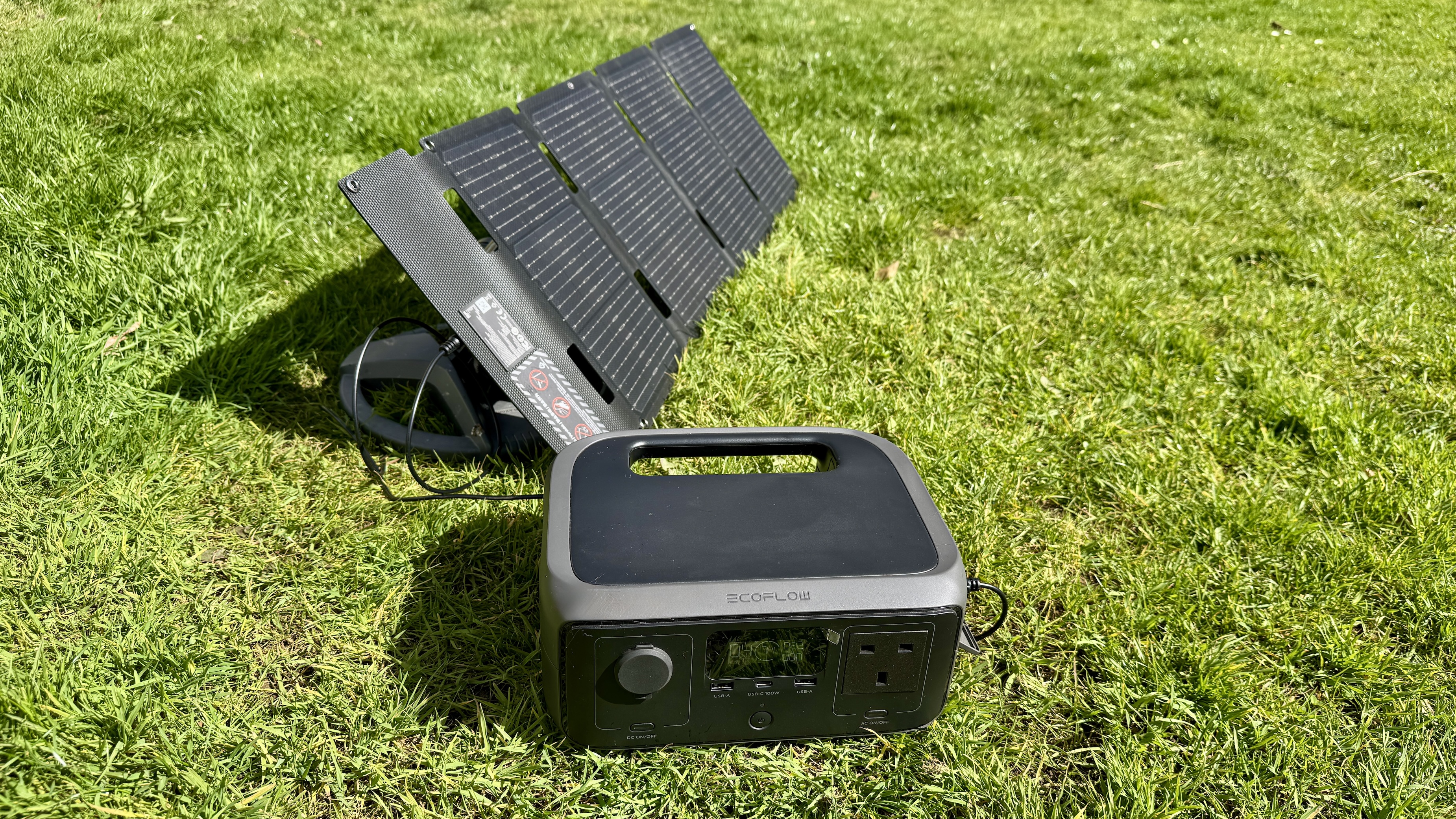 EcoFlow River 3 UPS review: Downsizing power without compromise
EcoFlow River 3 UPS review: Downsizing power without compromiseKeep the juice flowing with EcoFlow’s latest travel buddy
By Derek Adams
-
 The AeroPress Go Plus is the gadget I need for my next outdoor adventure
The AeroPress Go Plus is the gadget I need for my next outdoor adventureWhether you’re off camping or heading on a hike, the new AeroPress Go Plus lets you enjoy great coffee on the go
By Bryony Firth-Bernard
-
 YETI has discounted a ton of its best-selling coolers and tumblers in Amazon’s Big Spring Sale
YETI has discounted a ton of its best-selling coolers and tumblers in Amazon’s Big Spring SaleJust in time for the warmer months
By Bryony Firth-Bernard
-
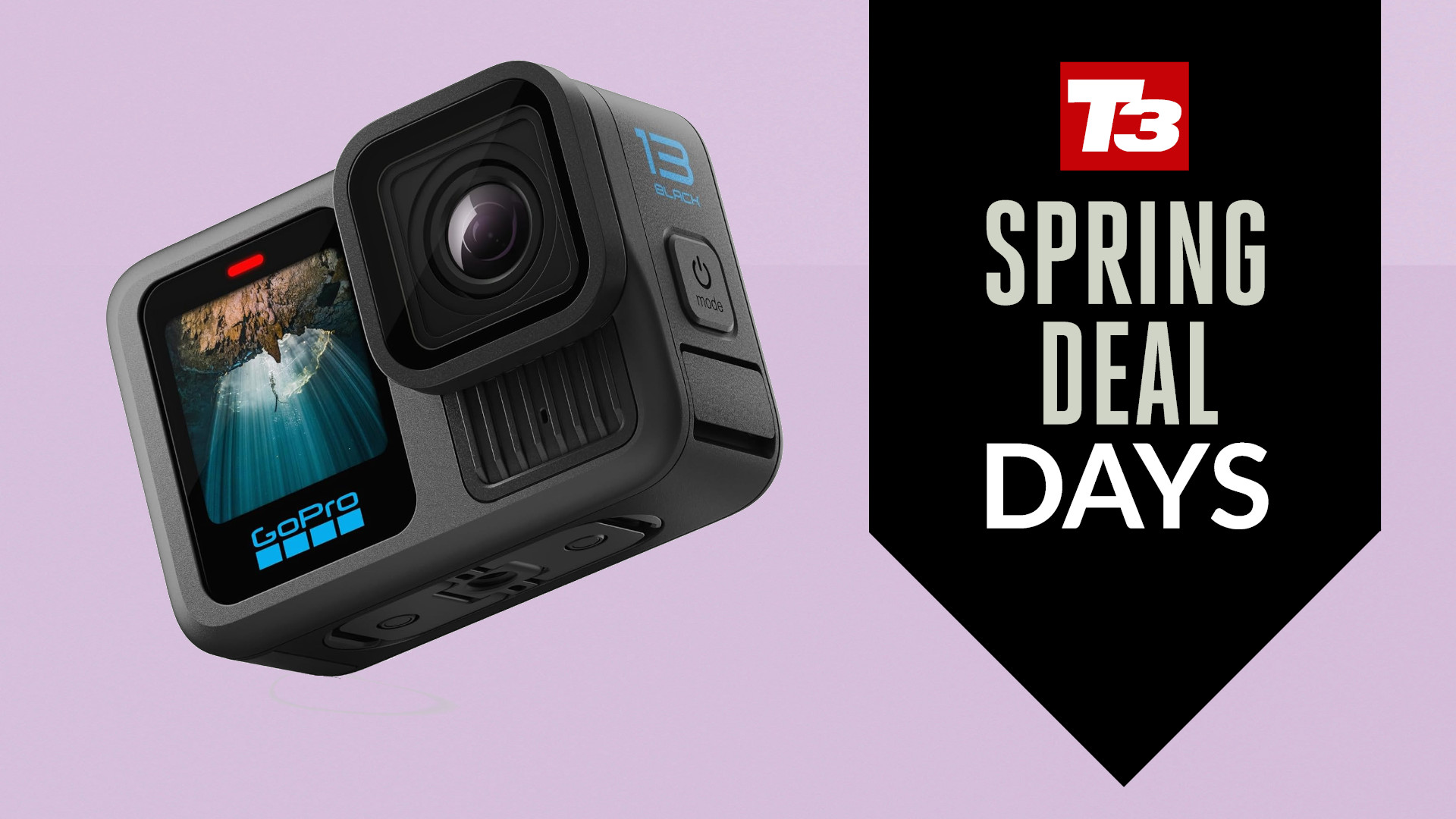 GoPro's latest flagship action cam just got a major price cut in Amazon's spring sale deal
GoPro's latest flagship action cam just got a major price cut in Amazon's spring sale dealYou can pick up the Hero 13 Black with almost 20% off
By Lee Bell
-
 How to pack your rucksack for a hiking or camping trip
How to pack your rucksack for a hiking or camping tripPack properly, save space and get easier access to the items you need the most
By Bryony Firth-Bernard
-
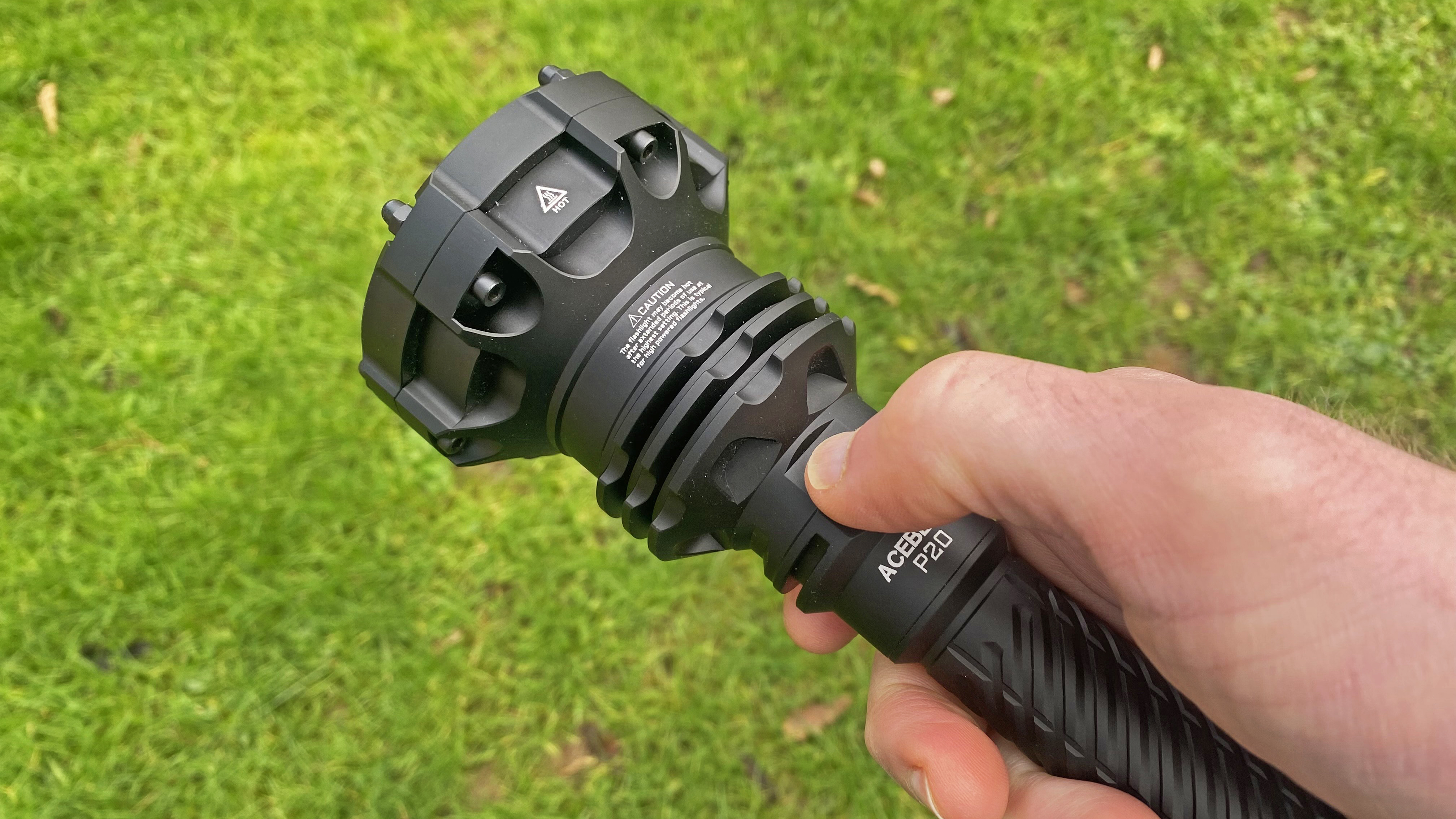 AceBeam P20 review: A skinny flashlight that packs a mighty punch
AceBeam P20 review: A skinny flashlight that packs a mighty punchFeel the force and slice the night with this light sabre, which has a range of over a kilometre
By Pat Kinsella
-
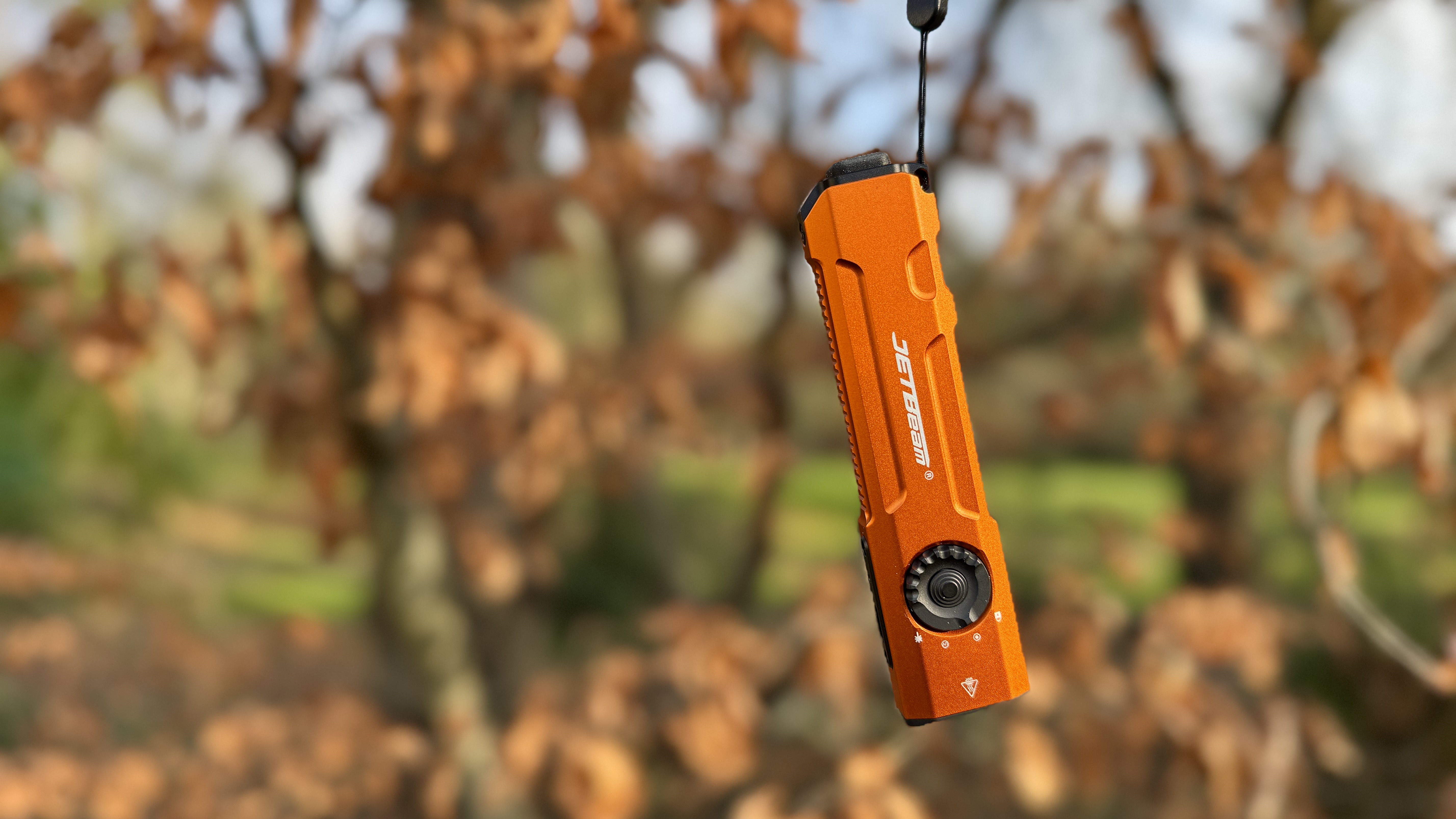 Jetbeam E26-UV Kunai pocket torch review: Let there be light. Loads of it
Jetbeam E26-UV Kunai pocket torch review: Let there be light. Loads of itBright, durable UV-enabled pocket torch for everyday excellence
By Derek Adams
-
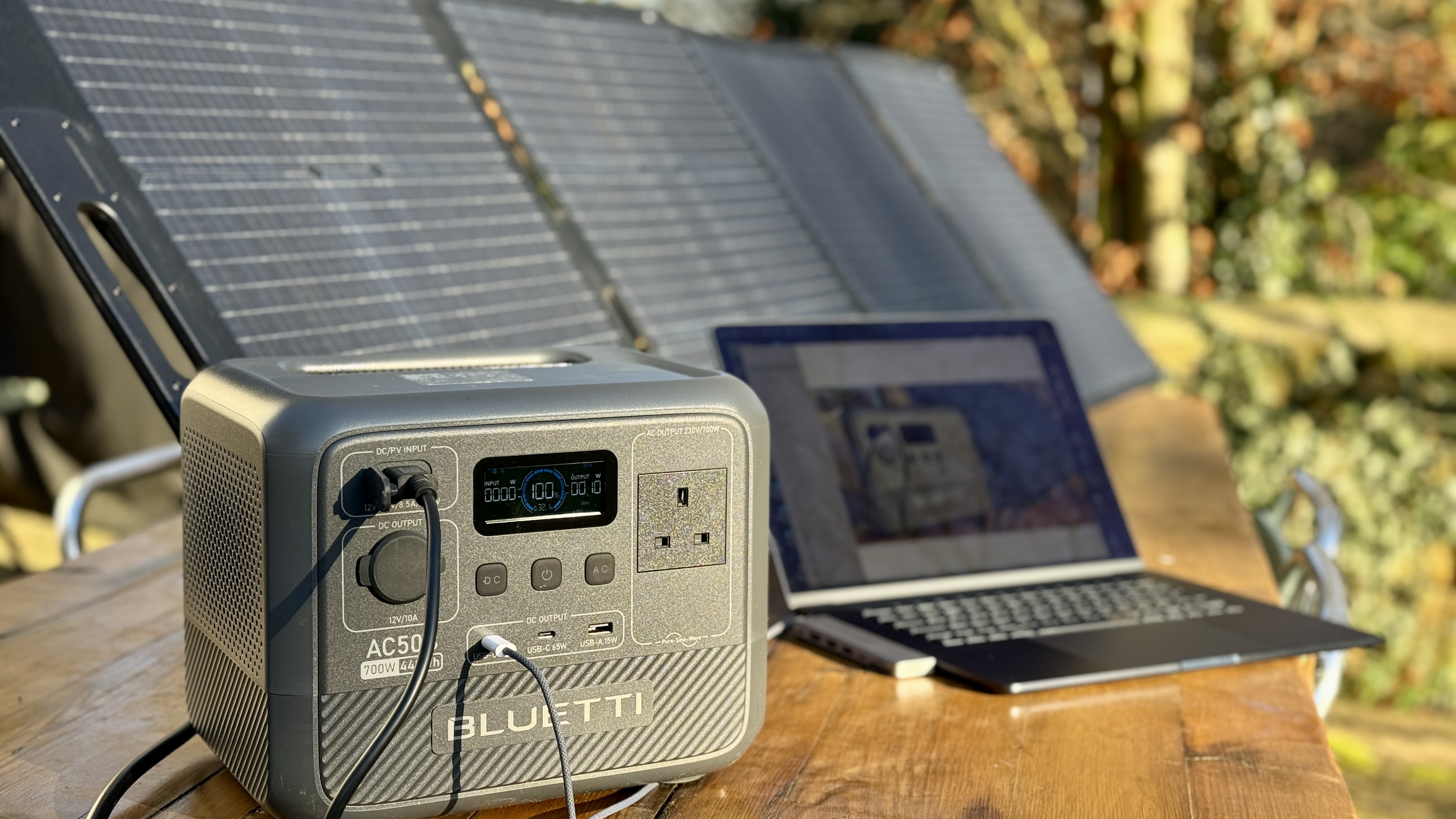 Bluetti AC50B review: a compact powerhouse for outdoor adventures and home emergency backup
Bluetti AC50B review: a compact powerhouse for outdoor adventures and home emergency backupKeenly-priced portable power for light day-to-day use
By Derek Adams